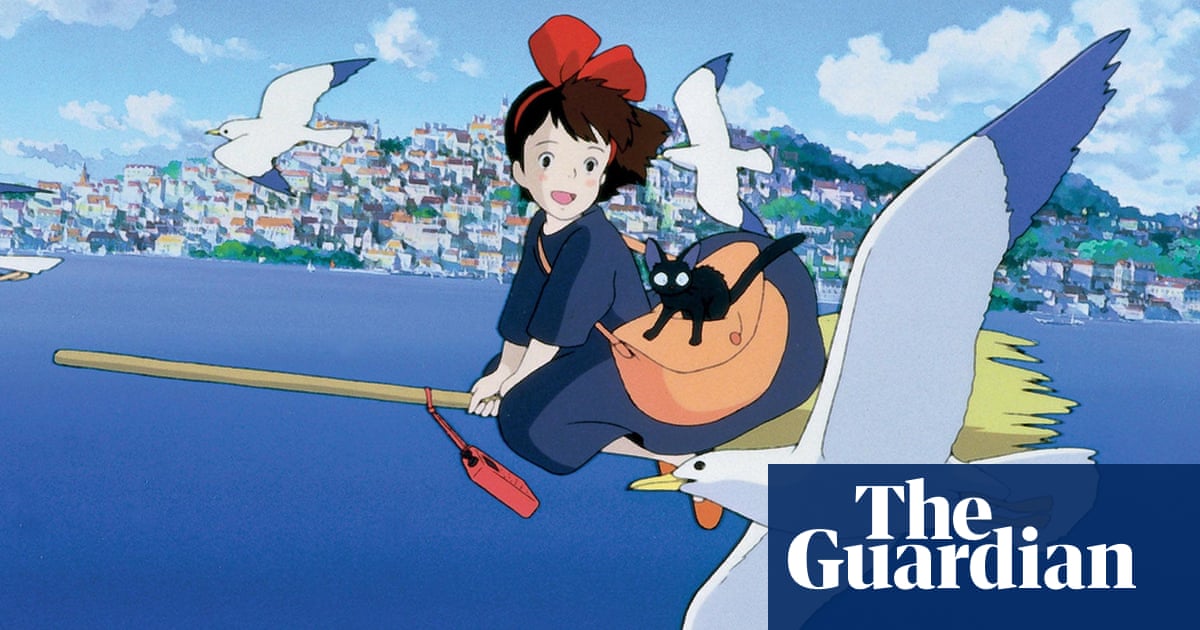Studio Ghibli has captured the hearts of many with its enchanting hand-drawn animations and thought-provoking themes. Founded by Hayao Miyazaki, Isao Takahata, and producer Toshio Suzuki in 1985, Ghibli has risen to fame, outshining even American giants like Disney and Pixar in artistic depth.
Miyazaki, now 84, has been pivotal to Ghibli’s success. His unique vision breathes life into characters and stories that stick with viewers long after the credits roll. However, as he steps into the twilight of his career, uncertainty looms over the studio’s future. Roland Kelts, a cultural expert at Waseda University, points out that the studio hasn’t fully prepared for a post-Miyazaki era, especially after the loss of co-founder Takahata in 2018.
Ghibli’s 40th anniversary marks a crucial juncture. Miyazaki briefly retired in 2013, feeling the pressure of his own high standards, but returned to create The Boy and the Heron, which recently won the Academy Award for Best Animated Film. Yet, with Miyazaki’s age, many are left wondering if there will be more films from him.
Yasuda Michiyo, Miyazaki’s lead color designer, also passed away, highlighting the shifting landscape of the studio. Notably, Ghibli was acquired by Nippon TV in 2023, adding a layer of commercial focus that some fans find concerning. Kelts mentions that Ghibli has transitioned from being a creative powerhouse to a merchandising giant.
Ghibli’s films often explore complex themes, differing from the straightforward narratives prevalent in Hollywood. According to Miyuki Yonemura from Senshu University, Ghibli movies resemble literature, unfolding layers with each viewing. Susan Napier, a Japanese studies professor, highlights that while Ghibli shares family-oriented values with Disney, its essence is deeply rooted in the visions of its founders, not corporate trends.
Miyazaki’s films often reflect his progressive views, shaped by the postwar landscape of Japan. In The Boy and the Heron, the protagonist’s journey begins with the tragic loss of his mother during the Tokyo bombings in 1945, an event that claimed countless lives. This depth of storytelling resonates well with viewers, tackling heavy themes without simplifying morals into good vs. evil.
As Ghibli looks ahead, the challenge lies in nurturing new creative talents, especially with the shift to digital animation that contrasts sharply with their hand-drawn legacy. Ghibli has begun to explore new avenues, as seen with the successful Ghibli Museum and Ghibli Park, which opened in 2022, indicating a readiness to expand its brand beyond filmmaking.
Moreover, Ghibli merchandise is thriving, from Totoro-themed apparel to exclusive collaborations with brands like Levi’s. Even classic films like Totoro and Spirited Away are being adapted for stage performances, showcasing their enduring appeal.
Despite pressures from technology and market demands, observers like Napier believe Miyazaki may not hang up his pencil just yet. His creativity and passion seem too vibrant to fade quietly. Whatever the future holds, Ghibli’s legacy will undoubtedly continue to influence and inspire audiences worldwide.
For further insights into Ghibli’s impact on animation and culture, check the Guardian’s coverage.












:quality(70)/cloudfront-us-east-1.images.arcpublishing.com/shawmedia/AJTPACYEDRB2ZHILHOWUL7RYPU.jpg?w=480&resize=480,480&ssl=1)









